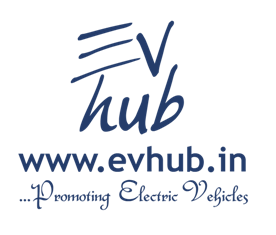Flexible Electronics is the Winner
The silicon chip took over forty years to approach a $300 billion business today. Now there is a new form of electronics that will hit that figure in half the time because, unlike the silicon chip, it subsumes electrics such as lighting, batteries, solar cells and heaters, not just electronics. It is usually achieved by printing and its most vital characteristic is physical flexibility. Take that as meaning a variety of capabilities valued in the marketplace such as foldability, conformance to architectural features, stretchability and even the ability to be tightly rolled, worn, washed and waterproof. Some forms survive being hammered and even stabbed so, in the main, we are talking of putting electrics and electronics where they could never go before. Another aspect is biodegradability where needed, even printing electronics onto paper. Multilayer structures are increasingly possible, reducing the number of interconnects and the area needed and increasing reliability.
The world's largest event exploring this new world and what comes next is the IDTechEx Printed Electronics & Photovoltaics Europe 2011 taking place in Düsseldorf 5-6 April. The presentations give a guide as to the most vital aspects being brought to market. For example, mobile phone company Nokia will talk about its work on stretchable electronics, something more usually related to healthcare products. The Samsung speaker Dr Bonwon Koo refer to customers wanting to carry something small that give wide area viewing and how its record breaking flexible polymer dispersed liquid crystal (PDLC) displays are one route to that market need. They are driven by ink jet printed transistor backplanes.

No comments:
Post a Comment